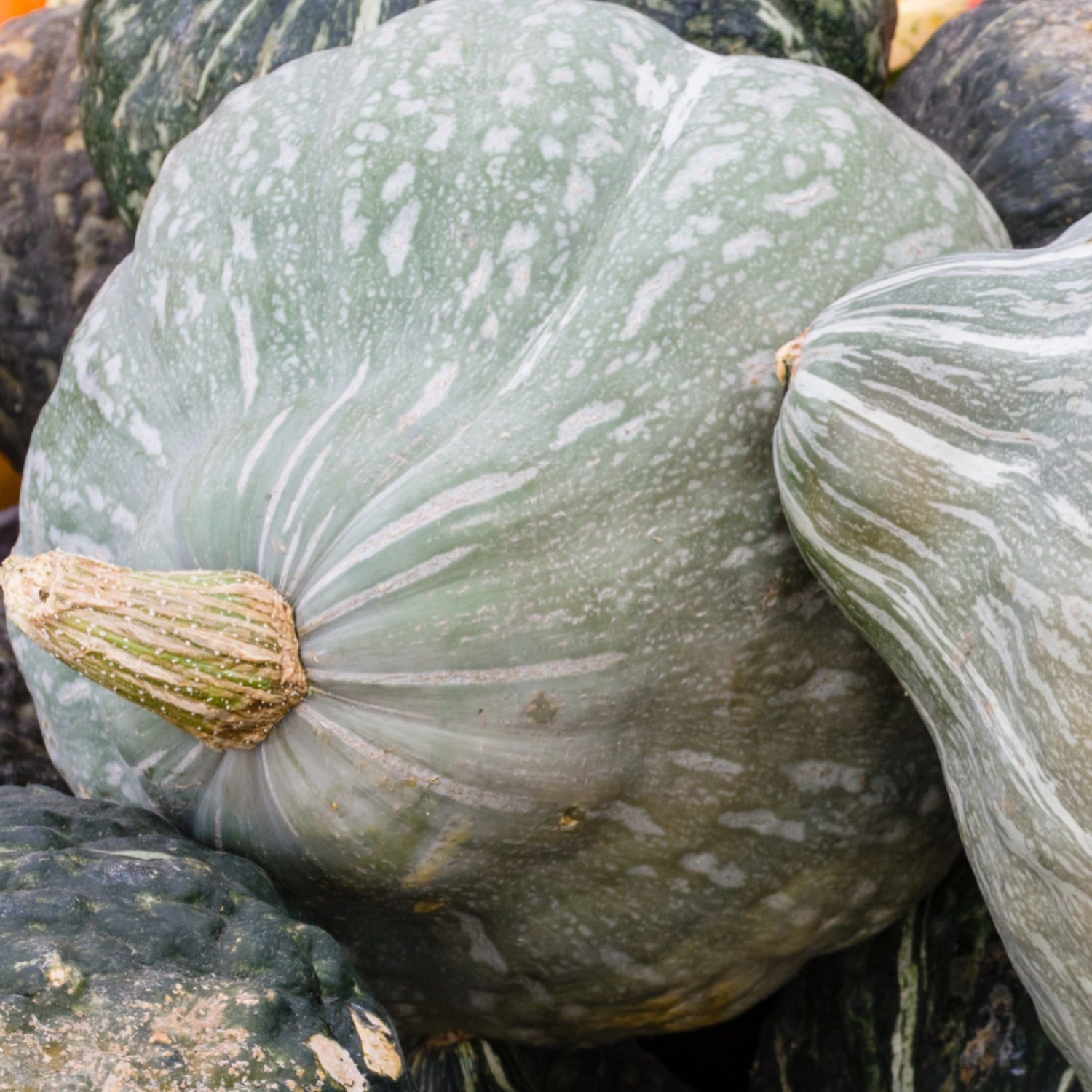Fall and winter squash are oftentimes unrecognizable—and a little otherworldly—in shape and size. So much so that it can be intimidating to plop one in your grocery cart at the store.
But Joe Masabni, an extension vegetable specialist at Texas A&M Agrilife, is an advocate for cooking recipes with unfamiliar produce. “It teaches me new ways to cook what I’m growing,” Masabni says. “I’d love to say I’m a master chef, but I’m not even close.”
Plus, he points out, it’s always good to get diverse nutrients from a wide range of produce. All squash varieties are packed with vitamin c and beta-carotene, which may help slow the progression of macular degeneration and reduce the chance of vision loss. Squash is also a healthy source of vitamin B6. “You can get benefits from things you don’t expect,” Masabni says. “For example, the flowers on squash are edible. They’re low in calories and can be used as decor for salads and other dishes.”
Most squash originates from South and Central America, where over 800 species flourish. Masabni gives us the scoop on four delicious picks you’ll want to try.
Kabocha Squash
Also known as the Japanese Pumpkin, the kabocha squash can be mistaken for a green, unripe pumpkin. Though the outside is rough, dark green, and knobby, the inside has yellow-orange flesh and small seeds.
Kabocha’s flavor is sweeter than butternut squash with a light, fluffy texture. It’s great for pureeing and mashing to dollop in pies, casseroles, oatmeal, and more. And, compared to many squash varieties, it peels easily because of its softer exterior. “It stores very well and stays very sweet,” Masabni says. “It’s a good size, not too big so when you eat it, you can use all of it.”
Despite its name, the squash originates from Cambodia and was brought to Japan by Portuguese sailors in 1541. “This is typical—every country and region seems to prefer a certain type of color or shape of squash and they become known for it,” Masabni says. “Like, where I’m from in Lebanon, we have a light cream zucchini called Kousa we’re known for. Ten years ago, nobody in the U.S. knew about it. I had to ship seeds in. But now, it’s sold everywhere.”
Calabaza Squash
A winter squash often harvested in the summer, calabaza squash is native to Central and South America. With a mild, nutty flavor, the light green or tan squash is a quality source of vitamins A and C. Best used for baking, steaming, grilling, and roasting, calabaza can be substituted for acorn squash in all kinds of recipes; stir fry, empanadas, curries, casseroles, stews, and more.
Better yet, unwashed calabaza can be kept for up to two months thanks to its tough exterior.
Hubbard Squash
Shaped like a strange birthday balloon, this squash, which comes in a variety of colors, is commonly misunderstood as ‘too grainy’ in texture. However, it makes a perfect puree and pairs deliciously with butter, brown sugar, and salt. “It’s misleading because even though it’s called Hubbard squash, it’s actually a pumpkin,” Masabni says. “When you open it, it’s hollow, and you need to cook it as such. Squash, for example, you can saute quickly and eat it. But pumpkin you have to steam or stew for a while for it to be ready.”
Banana Squash
Banana squash can grow two to three feet long and can weigh up to 35 pounds—it’s a whopping package of sweet, full flavors. It pairs well with herbs like rosemary, thyme, and sage, and it’s a perfect highlight to tender pork and lamb.
The squash can be cooked alone with salt, cinnamon, and brown sugar, but it also makes a unique topping on pizza, risotto, and curries. Much like the Hubbard squash, the banana squash should be cooked like a pumpkin.
And although the squash’s shape is the oddest out of the bunch, there is no crazy explanation: “It’s just genetics,’ Masabni says. “Nature plays a trick on the genes and it grows that way, most of the time, to fit a particular climate.”
Originally published on our sister site,


